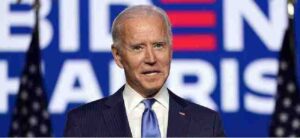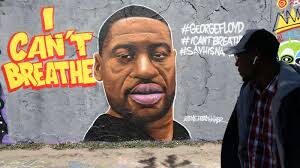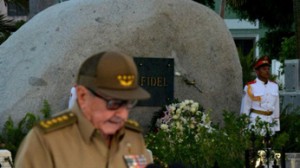Travellers passing through New York’s John F Kennedy International Airport this week witnessed a show of force following the Brussels airport attack: US Army soldiers in khaki camouflage bearing assault rifles, police officers in black bulletproof vests and private security guards directing traffic in neon-yellow Travellers passing through New York’s John F Kennedy International Airport this week witnessed a show of force following the Brussels airport attack: US Army soldiers in khaki camouflage bearing assault rifles, police officers in black bulletproof vests and private security guards directing traffic in neon-yellow vests.The variety of uniforms is a sign of the overlapping jurisdictions that determine which federal, state or local agency – or even airline – is responsible for security on any particular patch of turf.That could make sweeping security changes at JFK or other major US airports difficult in the wake of the deadly Brussels attack.
At JFK, the police department of the Port Authority – itself run jointly by two states, New York and New Jersey – primarily controls law enforcement.US Customs and Border Protection checks identity documents while the Transportation Security Administration, part of the Department of Homeland Security, handles screening at security checkpoints.Less visibly, the Federal Bureau of Investigation is often on the premises along with other national agencies such as the Department of Agriculture and the Bureau of Alcohol, Tobacco, Firearms and Explosives.Airlines have their own uniformed security personnel. The Port Authority can also call in the New York Police Department if something goes wrong.The show of force may reassure travellers, but the patchwork of agencies could be a barrier to changes in security procedures, such as making airline terminals a single security zone.Travellers passing through New York’s John F Kennedy International Airport this week witnessed a show of force following the Brussels airport attack: US Army soldiers in khaki camouflage bearing assault rifles, police officers in black bulletproof vests and private security guards directing traffic.
The variety of uniforms is a sign of the overlapping jurisdictions that determine which federal, state or local agency – or even airline – is responsible for security on any particular patch of turf.That could make sweeping security changes at JFK or other major US airports difficult in the wake of the deadly Brussels attack.At JFK, the police department of the Port Authority – itself run jointly by two states, New York and New Jersey – primarily controls law enforcement.US Customs and Border Protection checks identity documents while the Transportation Security Administration, part of the Department of Homeland Security, handles screening at security checkpoints.
Less visibly, the Federal Bureau of Investigation is often on the premises along with other national agencies such as the Department of Agriculture and the Bureau of Alcohol, Tobacco, Firearms and Explosives.Airlines have their own uniformed security personnel. The Port Authority can also call in the New York Police Department if something goes wrong.The show of force may reassure travellers, but the patchwork of agencies could be a barrier to changes in security procedures, such as making airline terminals a single security zone.U.S. Army security officers patrol inside New York’s John F. Kennedy International Airport in New York, March 22, 2016. ReutersU.S. Army security officers patrol inside New York’s John F. Kennedy International Airport in New York, March 22, 2016. Reuters
U.S. Army security officers patrol inside New York’s John F. Kennedy International Airport in New York.U.S. Army security officers patrol inside New York’s John F. Kennedy International Airport in New York, March 22, 2016. Reuters
Some have suggested that as a way to prevent attacks such as the one at a check-in area at Brussels’ main airport on Tuesday, part of a series of explosions that killed at least 31 people.JFK is not unique, and other major US airports share similar complexities.“It’s gotten a lot worse. There are a lot more law enforcement agencies involved now than there used to be,” said Robert Mann, an aviation industry consultant, who described the complicated choreography of security at airports as “ballet”.The airlines and the airport operators dislike disruption, and are counting costs minutely, while security agencies tend to want complete control, said Mann.”There is a natural tension between all of these parties, and it’s brought to a head every time you try to make a change.”
Even the smallest adjustments require effort.”Prior to redeveloping Terminal 5 at O’Hare, we engaged with all of our stakeholders including TSA, as a major element of the redesign was reconfiguring the security checkpoint,” said Rosemarie Andolino, recalling her experience as commissioner of the Chicago Department of Aviation.She is now chief executive of the US unit of Manchester Airports Group.Lines of demarcation differ from region to region.At O’Hare and Midway airports, the Chicago Department of Aviation has a police force whose officers carry collapsible batons but not firearms, which are instead wielded by city police on Chicago airports’ premises.At Reagan and Dulles airports in the Washington metro area, airport police carry guns.Even if JFK were to be reorganised, the intense bureaucratic upheaval may not provide a model for other airports.
source:Reuters




